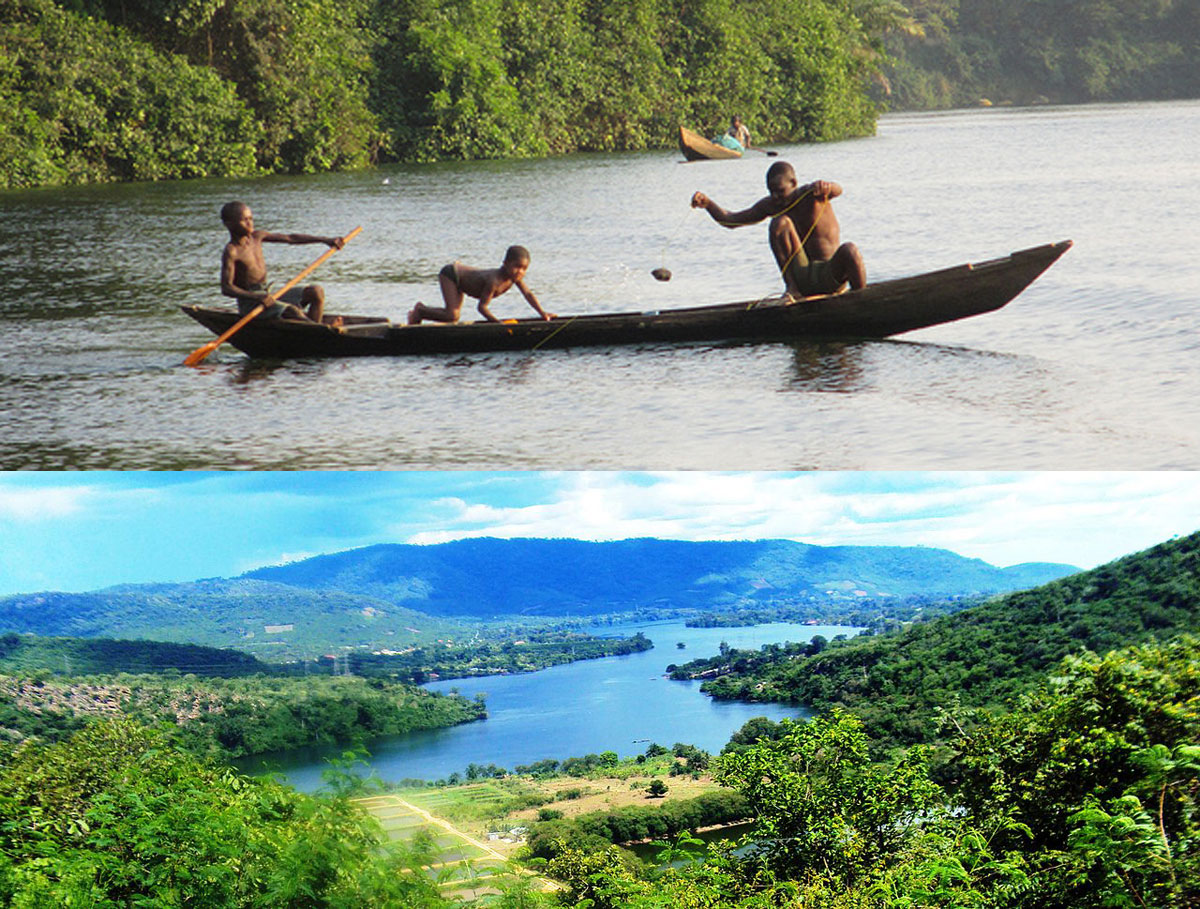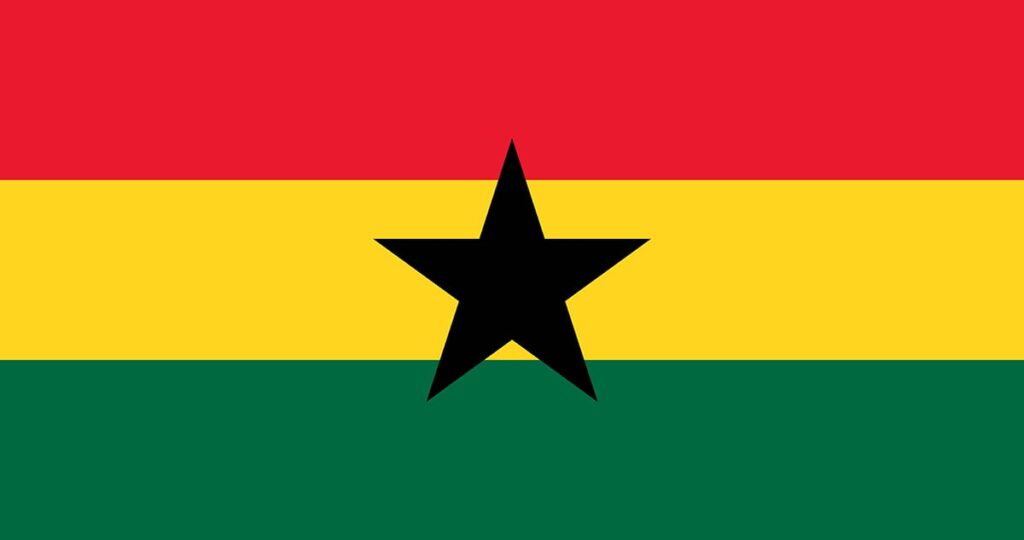1. Residential: Ghana’s population lives primarily along the coast and in the two largest cities of Accra (the capital) and Kumasi
2. Weather and climate: The climate in Ghana is tropical, but temperatures vary according to season and altitude. There are 2 rainy seasons; April to July and September to November. However, this does not apply in the northern part of the country, where there is only one rainy season, which starts in April and ends in September. In most parts of the country, temperatures are highest in March and lowest in August
3. Women: Ghanaian women aren’t afraid to show off their curves; whether they are thin, fat or heavily built, they always wear tight clothes for festive occasions
4. Harmattan: Another special weather phenomenon in Ghana is the Harmattan dry desert wind. It blows from December to March and lowers humidity, resulting in hot days and cool nights in the north. In the south, the effect of the wind is felt in January
5. Cocoa: Ghana is the world’s 3rd largest producer of cocoa beans, accounting for approximately 20% of world production. Other important agricultural products in the country include rice, peanuts, maize, bananas and cassava (manioc)

Fact: Lake Volta in Ghana is the world’s largest artificial lake. It was formed by damming the Volta River in 1965
6. Lake Volta: By area, Lake Volta in Ghana is the world’s largest artificial lake. By volume, the lake is the fourth largest in the world. The lake was formed when the Volta River was dammed at the Akosombo Dam in 1965
7. Languages: English is the official language of Ghana and the lingua franca of the country. Around 90% of the population speaks English. In addition, there are the African languages, which consist of more than 70 different dialects, as there are more than 70 different tribes in the country. 11 of the country’s languages are state-supported, which means that various reading materials are published in these languages. The 11 languages are all Niger-Kordofan languages and the entire population speaks at least one language from this language family
8. Neighboring countries: Although Ghana is an English-speaking country, all of its neighboring countries – Ivory Coast, Burkina Faso and Togo – are French-speaking countries. For Ghanaians, French is therefore the second most important European language (after English)
9. The Gold Coast: The area that corresponds to modern-day Ghana was originally inhabited exclusively by Africans, but in the late 15th century Portuguese traders came to the area. They established the Portuguese Gold Coast and shortly after, the Dutch arrived and established the Dutch Gold Coast. In the mid 1700s, the Swedes (the Swedish Gold Coast) and the Danes (the Danish Gold Coast or Danish Guinea) also arrived. Later, the British and Germans followed. The British fought the local Ashanti king for about 100 years in total and eventually became the largest power in the country. In 1901, the British Gold Coast became the country’s official name
10. Ghana’s education: The Gold Coast gained its independence on March 6, 1957 under Prime Minister Kwame Nkrumah and immediately changed its name to Ghana. Nkrumah became Ghana’s first president in 1960. He held the presidency until 1966, when he was ousted in a military coup. From then until the 1990s, the country was characterized by instability and several coups, but since the mid-1990s there has been some political calm in Ghana

Fort Christiansborg (top) was one of two Danish forts on the Danish Gold Coast. Elmina Castle (bottom) was one of several Portuguese forts on the Portuguese Gold Coast. Fort Christiansborg was sold to the British when slavery was abolished. Today, the fort is called ‘Osu Castle’ and is the seat of the Ghanaian government





